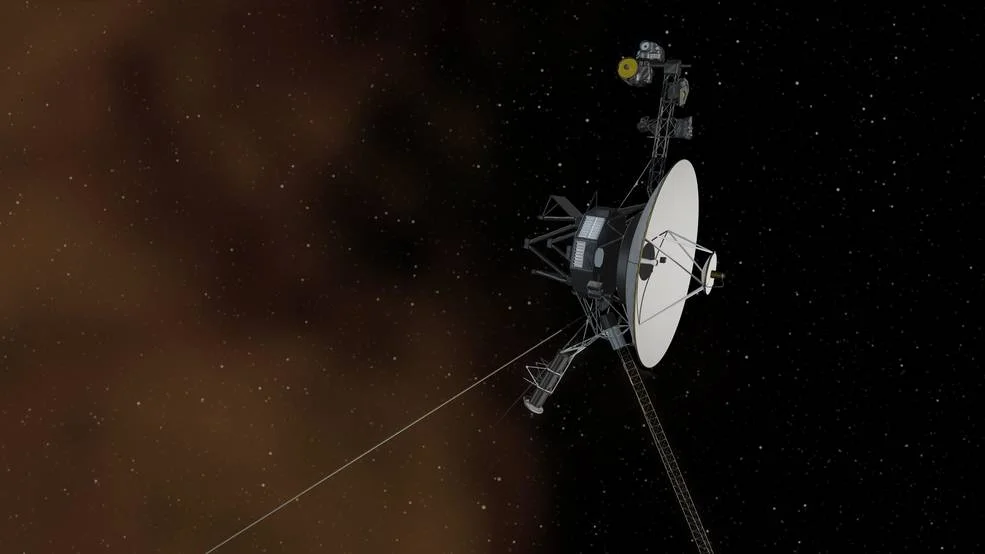NASA expresses optimism about Voyager 1 recovery
- March 27, 2024
- 0
A representative from NASA expressed that he was optimistic about the solution to the problem that occurred in Voyager-1, which has not been able to receive clear data
A representative from NASA expressed that he was optimistic about the solution to the problem that occurred in Voyager-1, which has not been able to receive clear data

A representative from NASA expressed that he was optimistic about the solution to the problem that occurred in Voyager-1, which has not been able to receive clear data for months. Joseph Westlake, administrator of NASA’s Heliophysics Division, made the announcement March 20 during a meeting of the National Academies’ Committee on Solar and Space Physics. He noted that he believes it is possible to find a solution to the problem in this more than 50-year-old spacecraft that emerged last November.
“I’m confident we’re on the path to solving this problem,” he said. “We are heading in the right direction and I think we will be successful in keeping Voyager 1 operational and alive.”
The problem was discovered by dispatchers in November, when transmitted data became “confused and inaccurate.” Engineers determined that the reason for this lies in the malfunction of the onboard computer that is responsible for data collection and telemetry on the ship.
Troubleshooting was hindered by various factors. Voyager 1, launched in 1977, is now more than 15 billion miles from Earth, meaning it takes 22.5 hours for a signal to travel that distance. Unfortunately, none of the developers of the core program from the 1970s can help anymore, so experts had to consult the documentation to find the problem.
NASA announced the progress on March 13, when a command called a “nudge” was sent to Voyager 1 and the spacecraft responded by sending a token of its memory. The agency said it would then compare those figures with figures before the problem to determine the cause of the malfunction.
Westlake told the committee that the problem was most likely related to damage to the spacecraft’s memory block: “It’s a malfunction in one of the memory pieces, and we’re looking for a way to move a few hundred words of software from one area to another in the onboard computer.” Each word consists of two bytes.
It is not known exactly how long it will take to resolve this problem in the software. NASA’s latest statement on the subject suggests that using FDS memory analysis will take some time to develop and implement a potential solution.
Source: Port Altele
As an experienced journalist and author, Mary has been reporting on the latest news and trends for over 5 years. With a passion for uncovering the stories behind the headlines, Mary has earned a reputation as a trusted voice in the world of journalism. Her writing style is insightful, engaging and thought-provoking, as she takes a deep dive into the most pressing issues of our time.